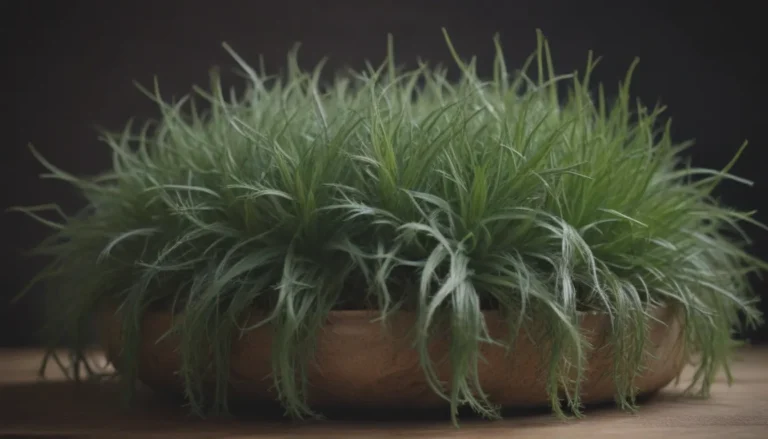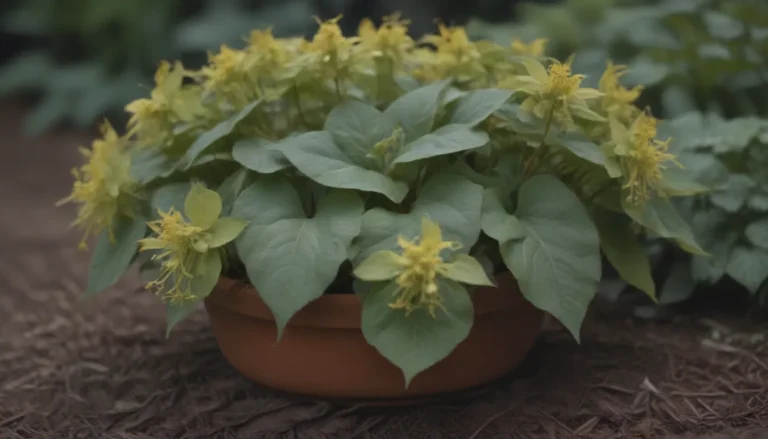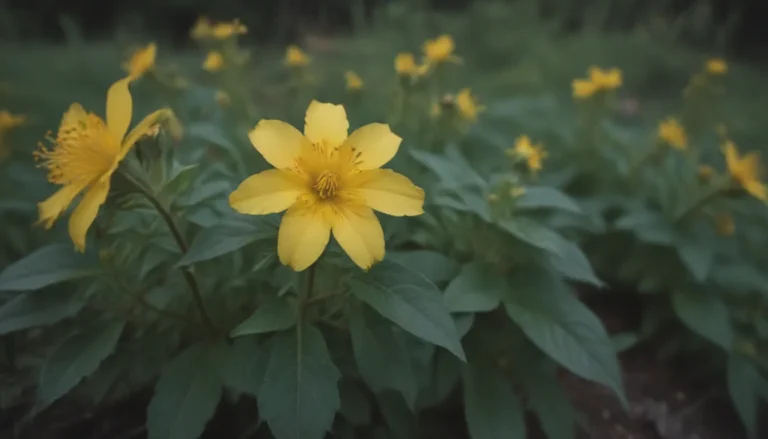The Ultimate Guide: Growing and Caring for Living Stones

If you’re looking for a unique and low-maintenance plant to add to your collection, look no further than living stones (Lithops spp.). These fascinating succulents mimic the appearance of pebbles and rocks, making them a conversation starter in any indoor or outdoor garden. Originating from Africa, living stones require specific care to thrive, but with the right conditions, they can live for up to 50 years. In this comprehensive guide, we’ll cover everything you need to know to successfully grow and care for these extraordinary plants.
Understanding Living Stones
Before diving into the care requirements, it’s essential to understand the unique characteristics of living stones. Here are some key points to keep in mind:
- Living stones are succulent plants that grow extremely slowly, hugging the ground to resemble their native pebble habitats.
- These plants prefer full sun year-round, well-draining sandy soil, and minimal water to thrive.
- They are low-maintenance plants that require attention to light, soil, water, temperature, and seasonal care.
Now, let’s explore each of these care requirements in detail to ensure your living stones grow healthy and happy.
Care Requirements for Living Stones
Light
Living stones thrive in full sun, requiring at least six hours of sunlight each day. When grown indoors, place your plants by a bright window with south-facing exposure to ensure they receive adequate light. Insufficient light can cause leaf elongation and poor coloring. Remember, these plants do not have much of a stem above the soil, so stretching for sunlight can harm them.
Soil
Provide your living stones with sandy soil that drains well. A cactus potting mix is ideal for these plants, and make sure the container has drainage holes at the bottom to prevent waterlogging. Avoid using organic matter in the soil, as living stones need their soil to dry out quickly.
Water
Water your living stones on a seasonal schedule that mimics their natural habitat. Avoid watering in summer and over winter when the plant is dormant. During the growing season, drench the soil and allow it to dry out completely before watering again—usually every 1-2 weeks. Adjust the watering frequency based on the moisture level of the soil to avoid overwatering.
Temperature and Humidity
Living stones can tolerate high temperatures and survive in typical room temperatures between 65 and 80 degrees Fahrenheit. Keep the humidity levels in check, ensuring good airflow around the plants to prevent moisture-related issues.
Fertilizer
Living stones do not require heavy feeding, but a low-nitrogen, high-potassium fertilizer can help encourage flowering. Apply the fertilizer sparingly during the growing season to support healthy growth.
Now that you understand the basic care requirements for living stones, let’s delve into additional aspects of growing and maintaining these unique plants.
Types of Living Stones
There are over three dozen species and 140 varieties of living stones, each with its unique characteristics. Some popular varieties include:
- Lithops julii
- Lithops gracilidelineata
- Lithops lesliei
- Lithops marmorata
Explore different types of living stones to find the ones that appeal to you and add diversity to your plant collection.
Pruning and Propagating
While pruning living stones is not necessary, removing dead leaves can help maintain their appearance. These plants naturally propagate by producing new plants in the same container. If you notice overcrowding, you can manually divide the plants in the spring to create more space and prevent overcrowding.
How to Grow Living Stones From Seed
To propagate living stones from seed, hand-pollination is necessary. Use a soft paintbrush to move pollen between plants when they are in bloom. Harvest the seed pods that form after flowering to grow new plants, which may result in unique hybrids. Follow these steps to ensure successful seed propagation:
- Hand-pollinate the plants during bloom.
- Harvest the seed pods once the flowers fade.
- Sow the seeds in well-draining soil and provide adequate sunlight and water for germination.
Growing living stones from seed is a rewarding experience that allows you to witness the entire lifecycle of these fascinating plants.
Potting and Repotting
Although living stones have minimal above-ground growth, provide them with a deep pot to accommodate their long taproots. Use an unglazed clay pot with ample drainage holes to ensure optimal soil conditions. Repotting may be necessary if the plants outgrow their containers or become overcrowded.
Overwintering Your Living Stones
In colder climates, it’s essential to bring your living stones indoors during winter to protect them from frost. Maintain a consistent temperature above 50 degrees Fahrenheit to ensure the plants remain healthy. Once the weather warms up in spring, you can safely move your living stones back outside.
Common Pests and Diseases
Overwatering can make living stones susceptible to pests like spider mites, mealybugs, scale, and aphids. Monitor your plants regularly and treat any pest infestations with appropriate measures. Additionally, avoid overwatering to prevent root rot and fungal growth, which can be fatal to living stones.
How to Get Living Stones to Bloom
Living stones typically bloom when they are around three years old and continue to flower annually. Use a potassium-based fertilizer in moderation to encourage blooming. After flowering, allow the plant to go dormant by reducing water until new growth appears in the spring.
Common Problems and Solutions
While living stones are resilient plants, they may encounter issues due to inadequate light or water. Here are some common problems and how to address them:
- Discolored or Pale Leaves: Lack of sunlight can cause discoloration or elongated leaves. Move your plants to a sunnier location to restore their color.
- Shriveled or Wrinkled Leaves: Dry conditions can lead to shriveled leaves. Water the plant slightly to restore hydration.
- Mushy Leaves: Excess water can cause mushiness in the leaves. Adjust your watering schedule to prevent waterlogging and maintain soil moisture levels.
By addressing these issues promptly, you can ensure your living stones remain healthy and vibrant throughout their lifecycle.
In conclusion, cultivating living stones is a rewarding experience that allows you to appreciate the remarkable adaptation of these plants to their natural environment. With proper care and attention to their specific needs, you can enjoy these unique succulents for many years to come. Embrace the diversity of living stones and discover the joy of growing and caring for these extraordinary plants in your home or garden. Happy planting!
Reference: “Living Stones.” Wisconsin Horticulture Division of Extension.





